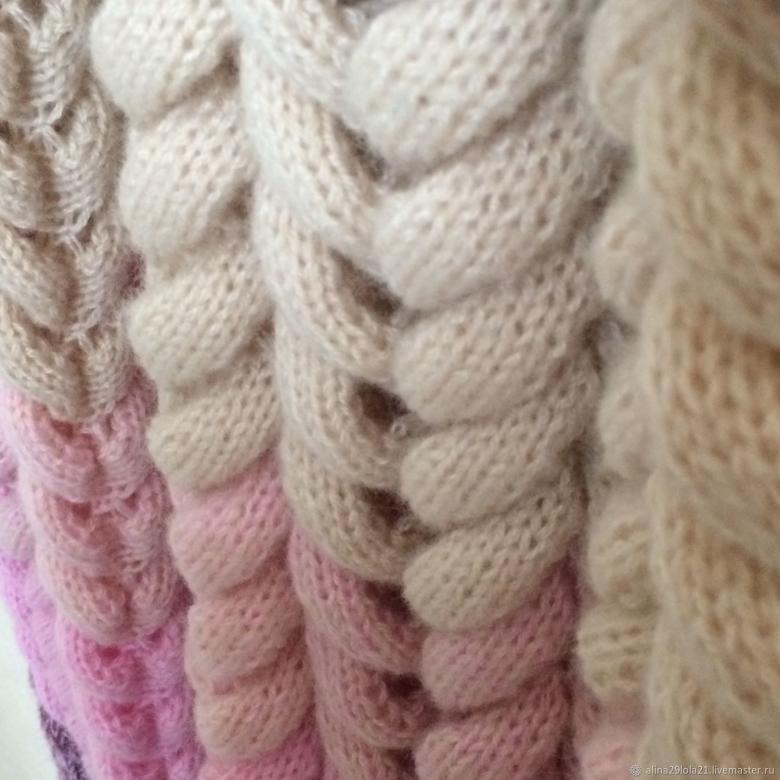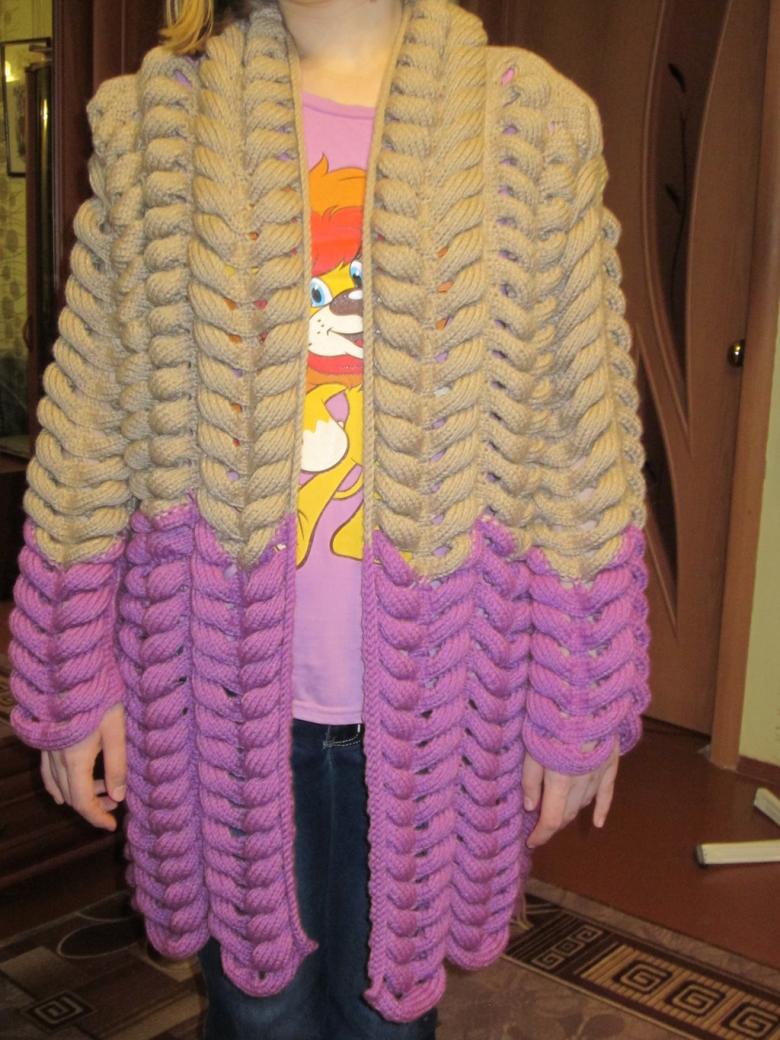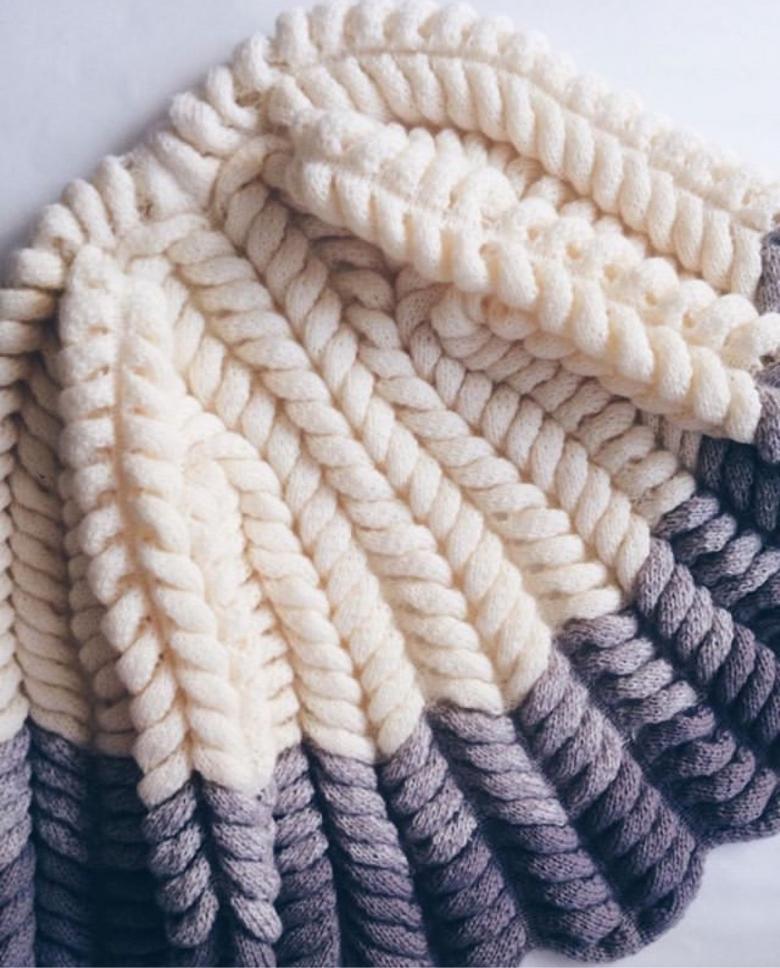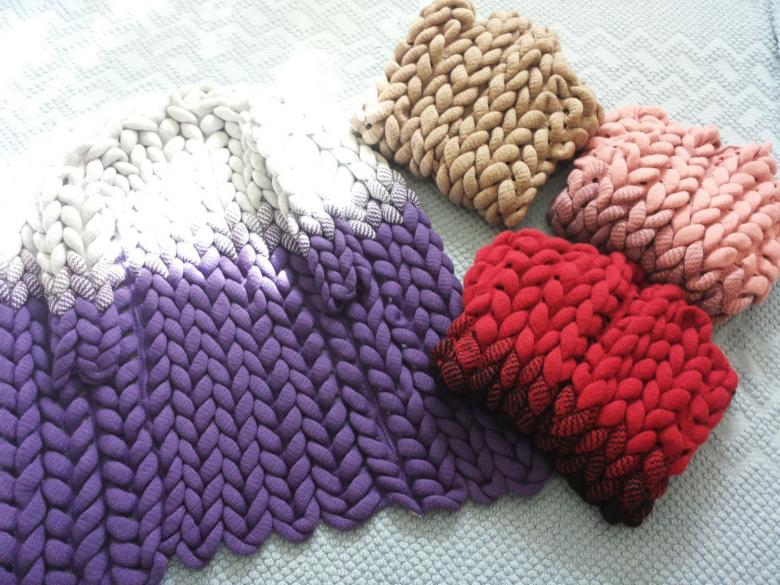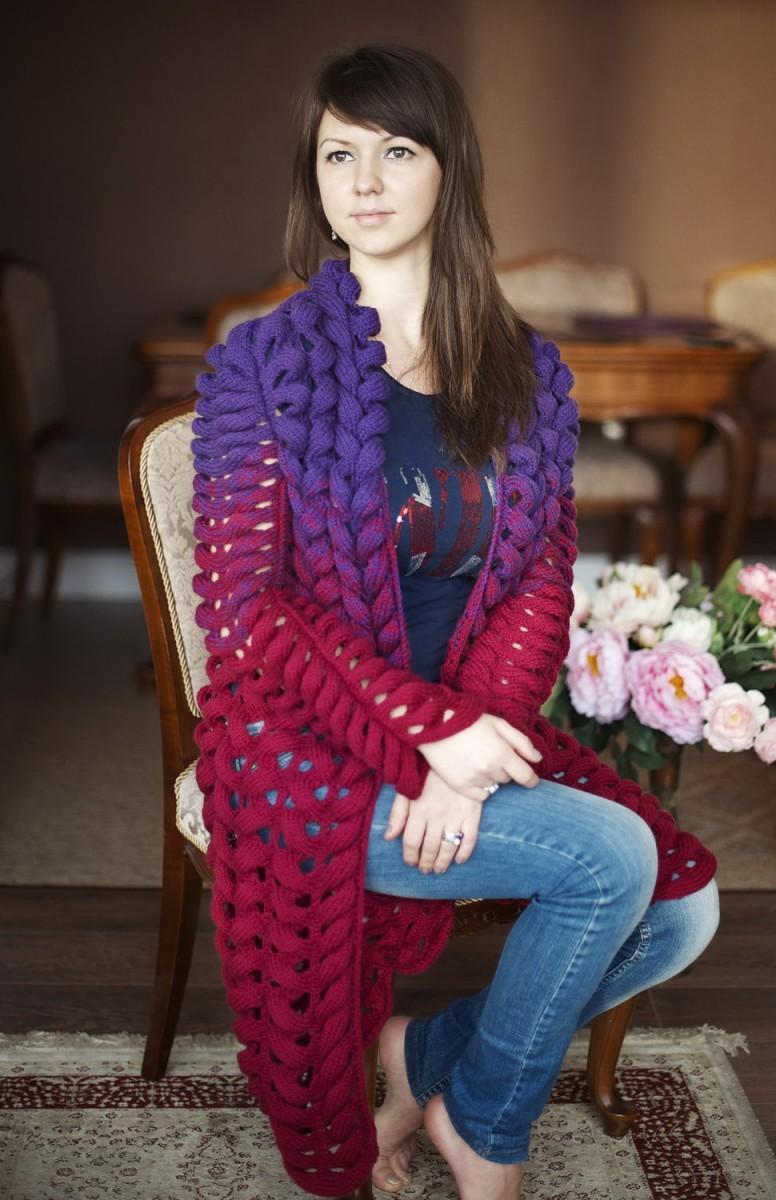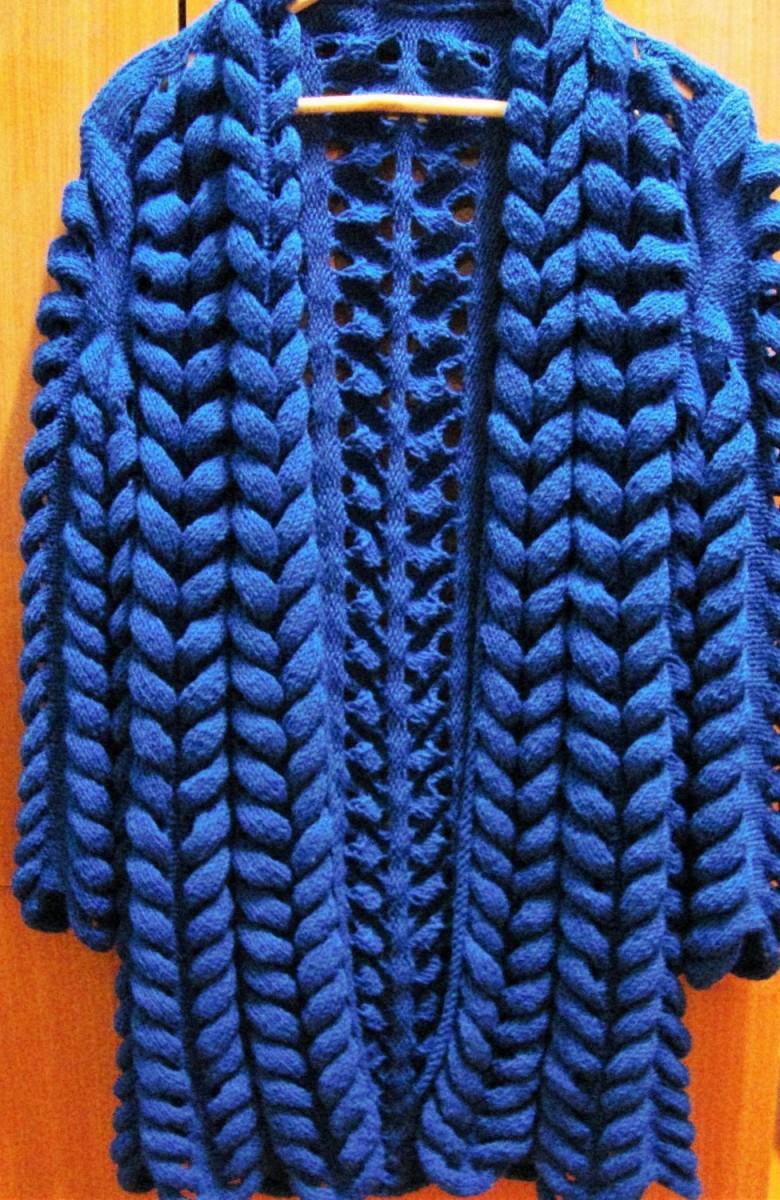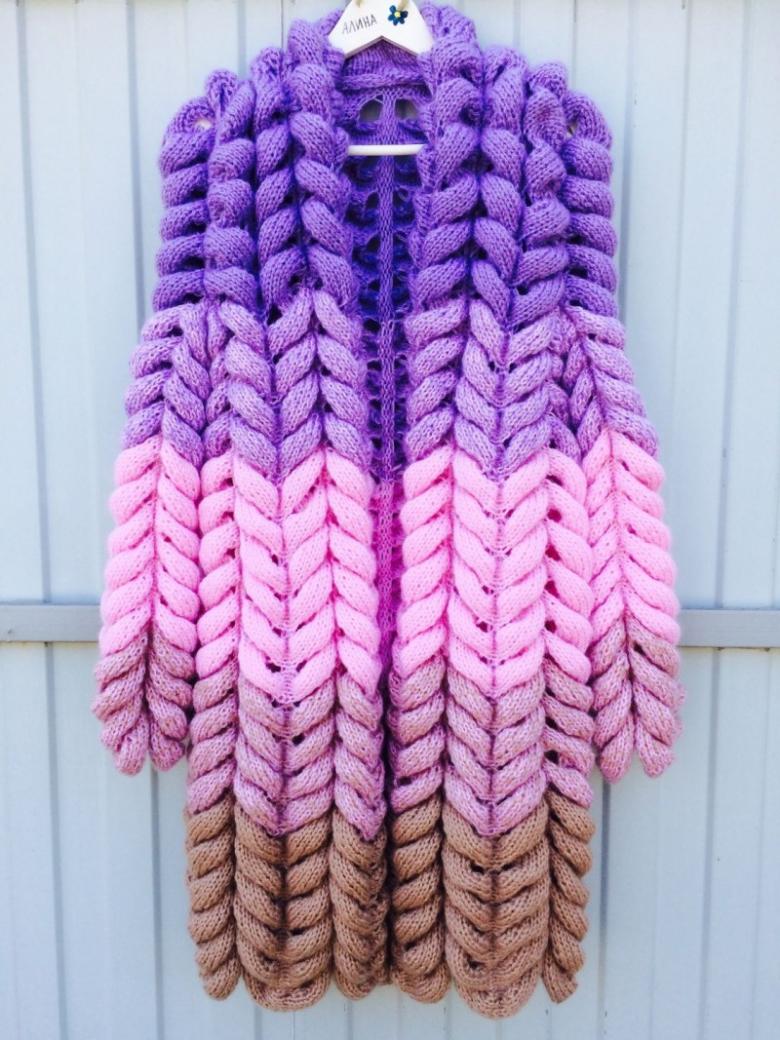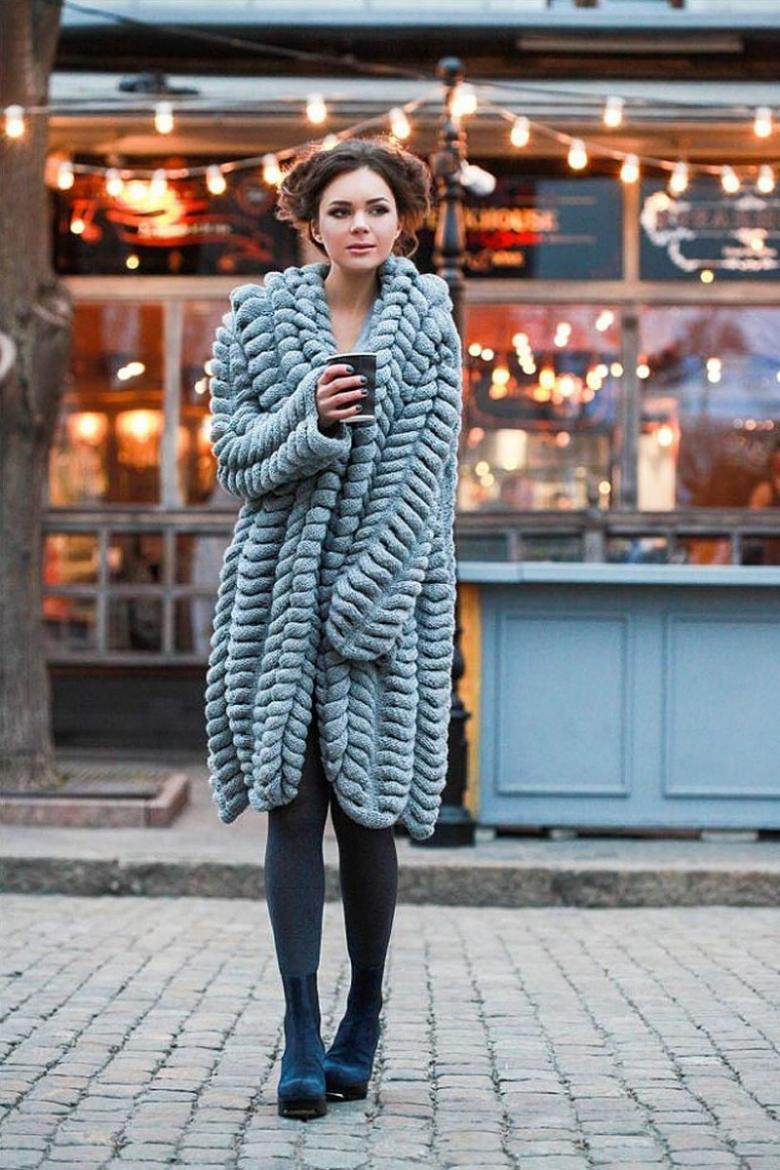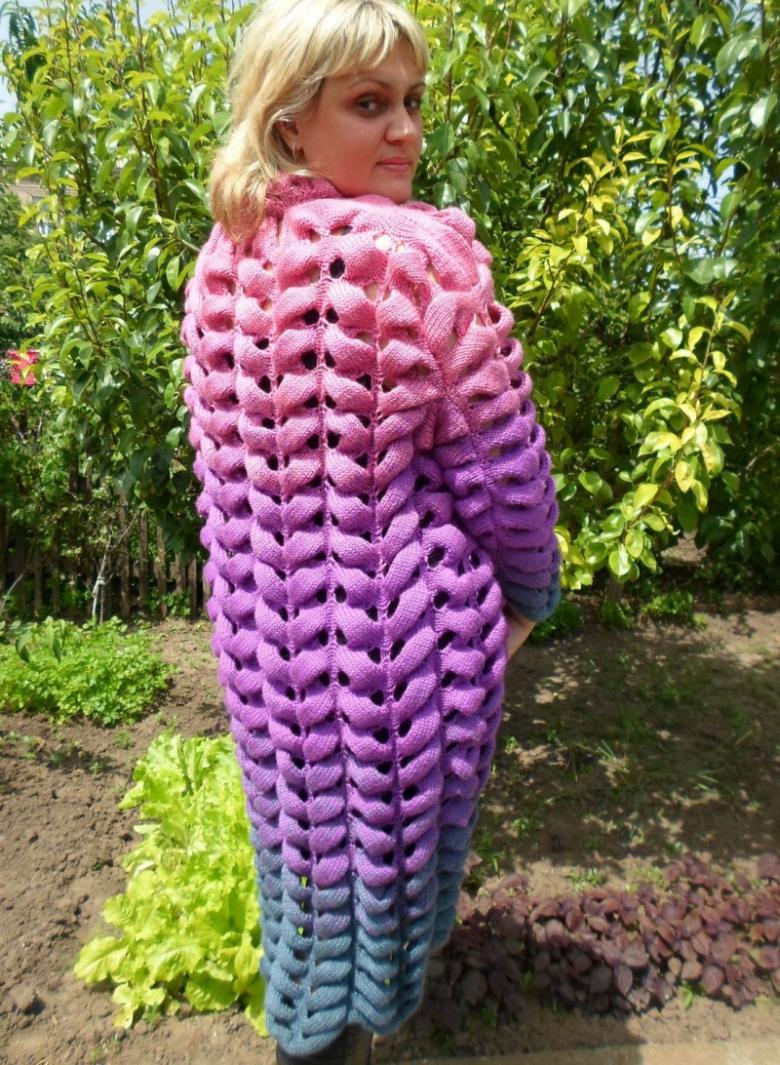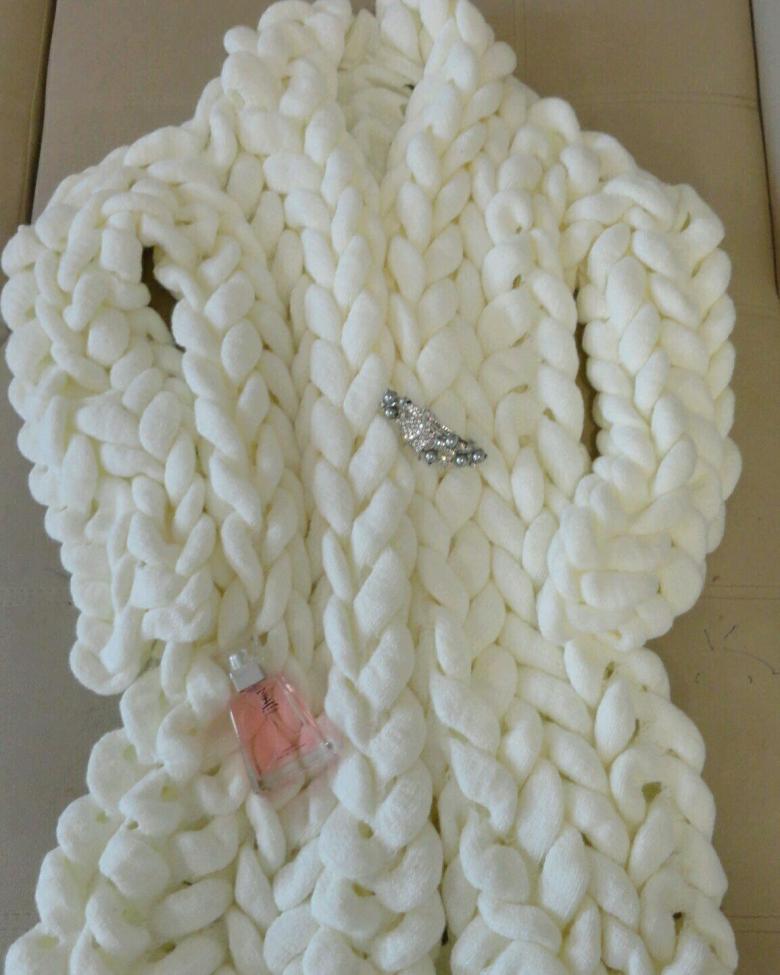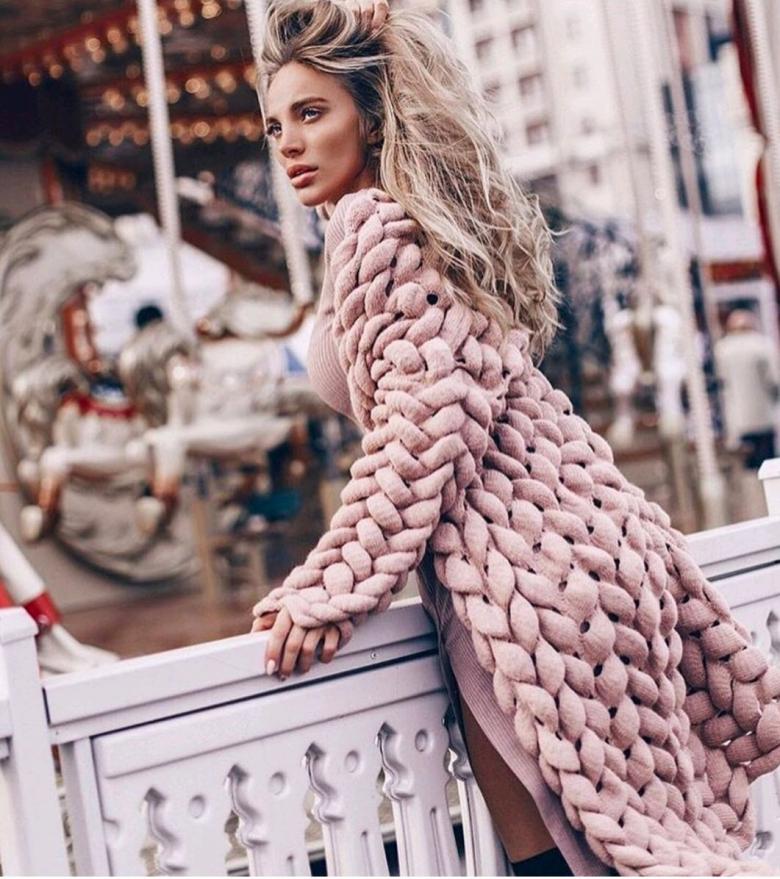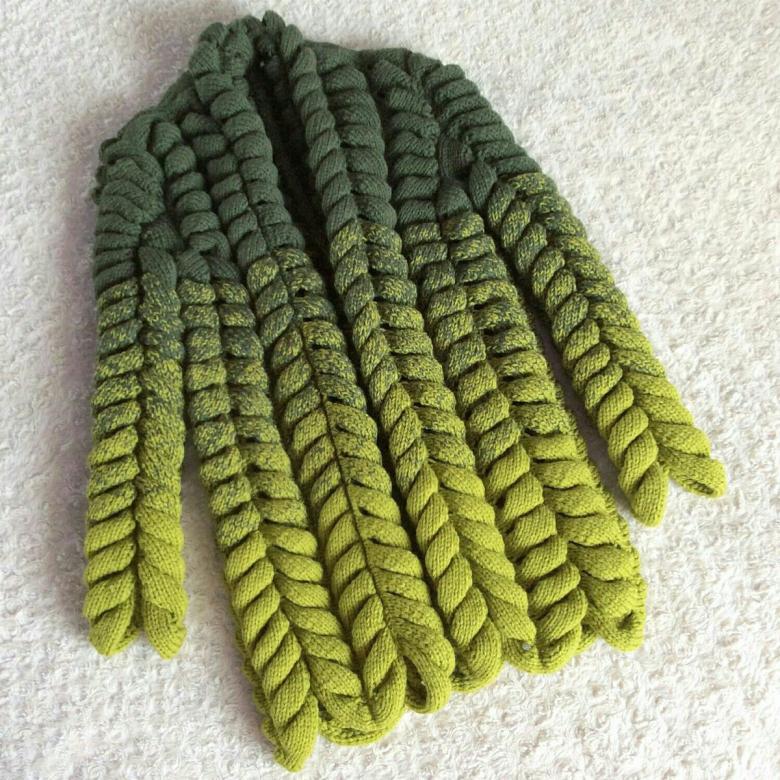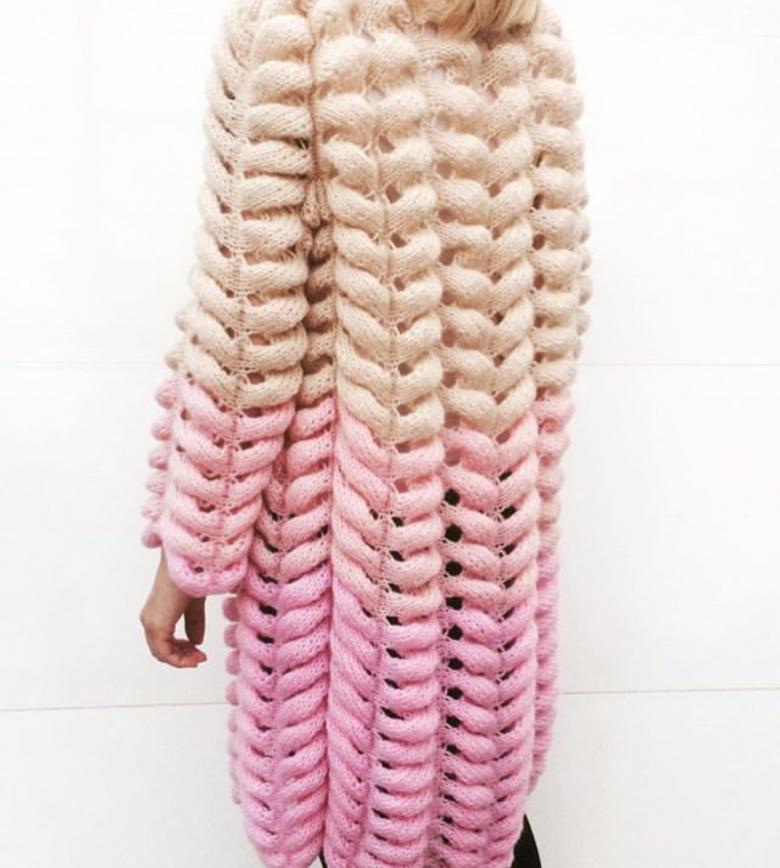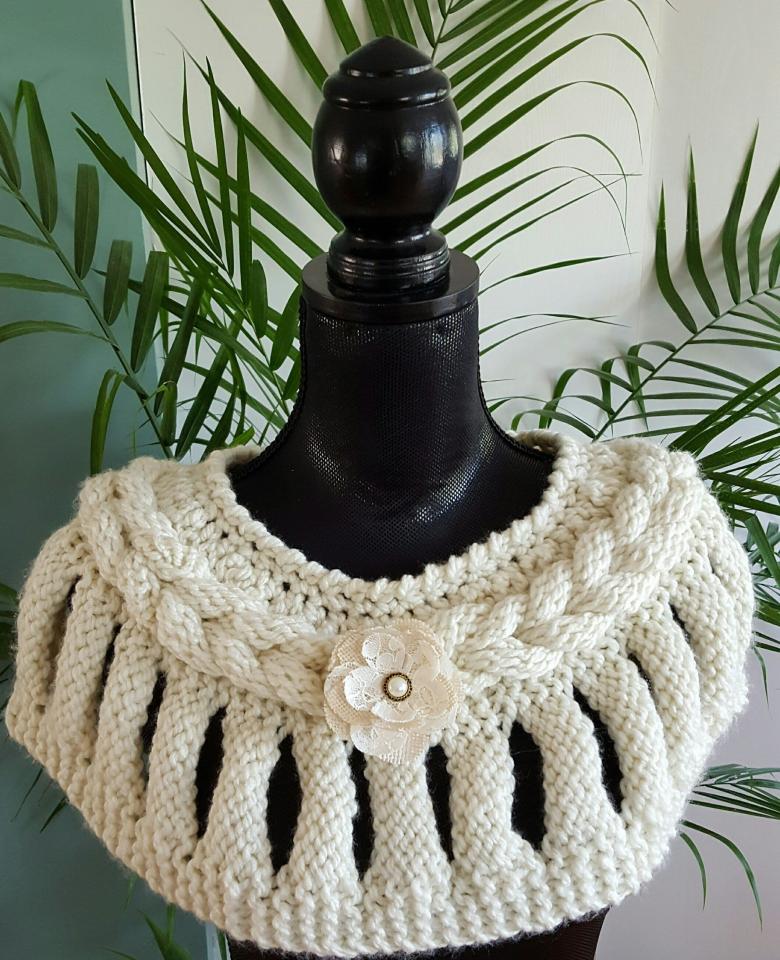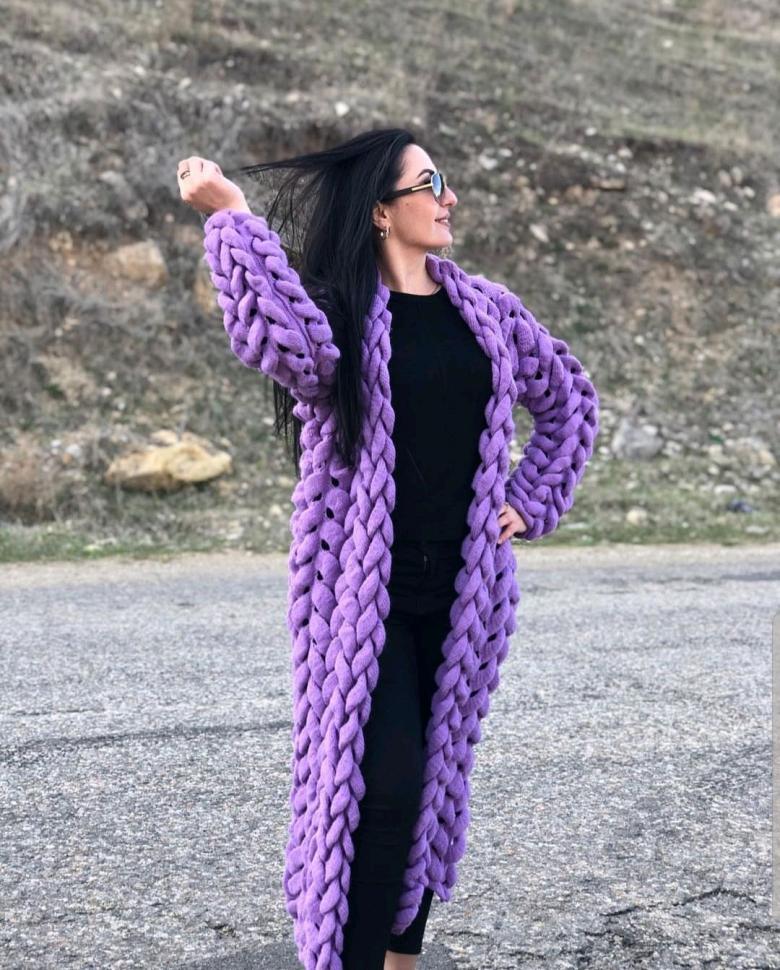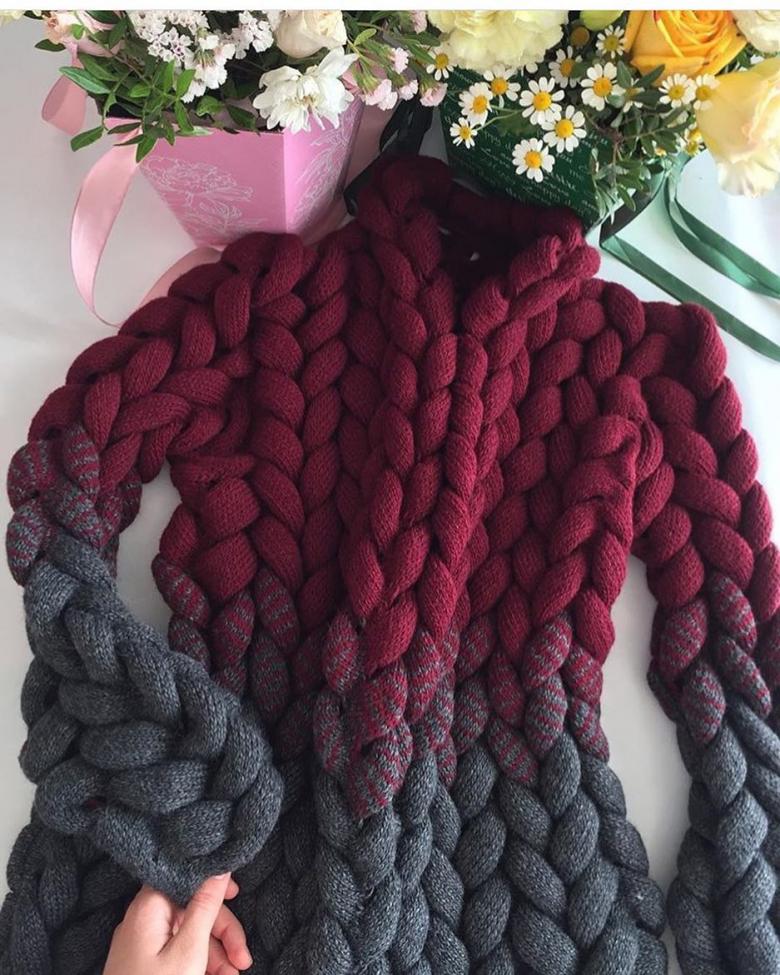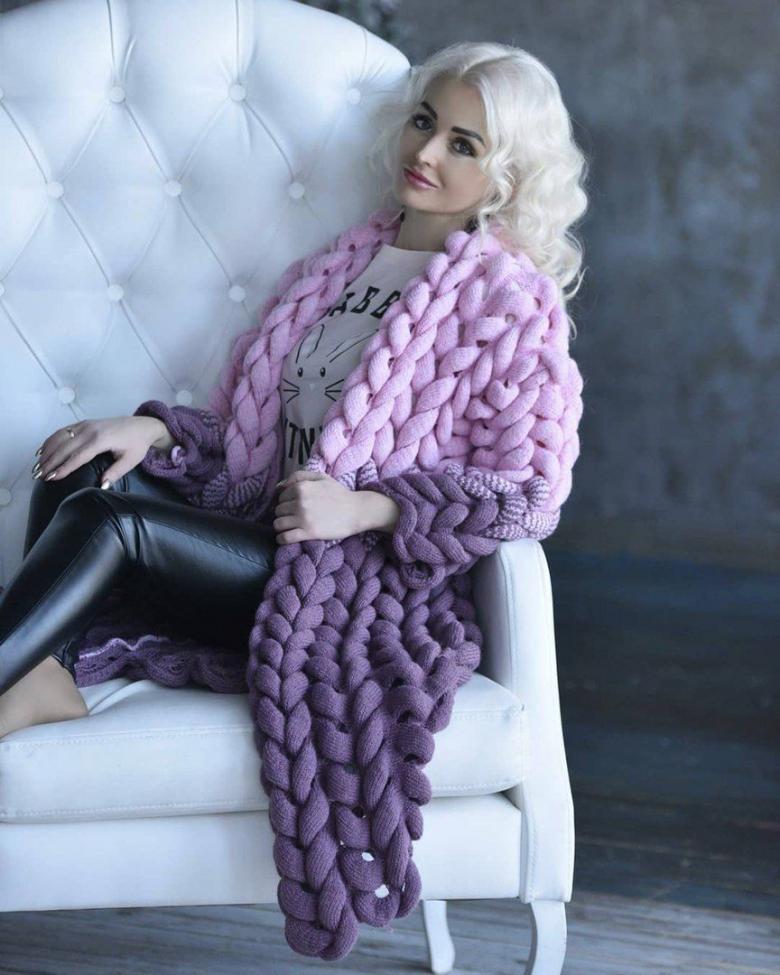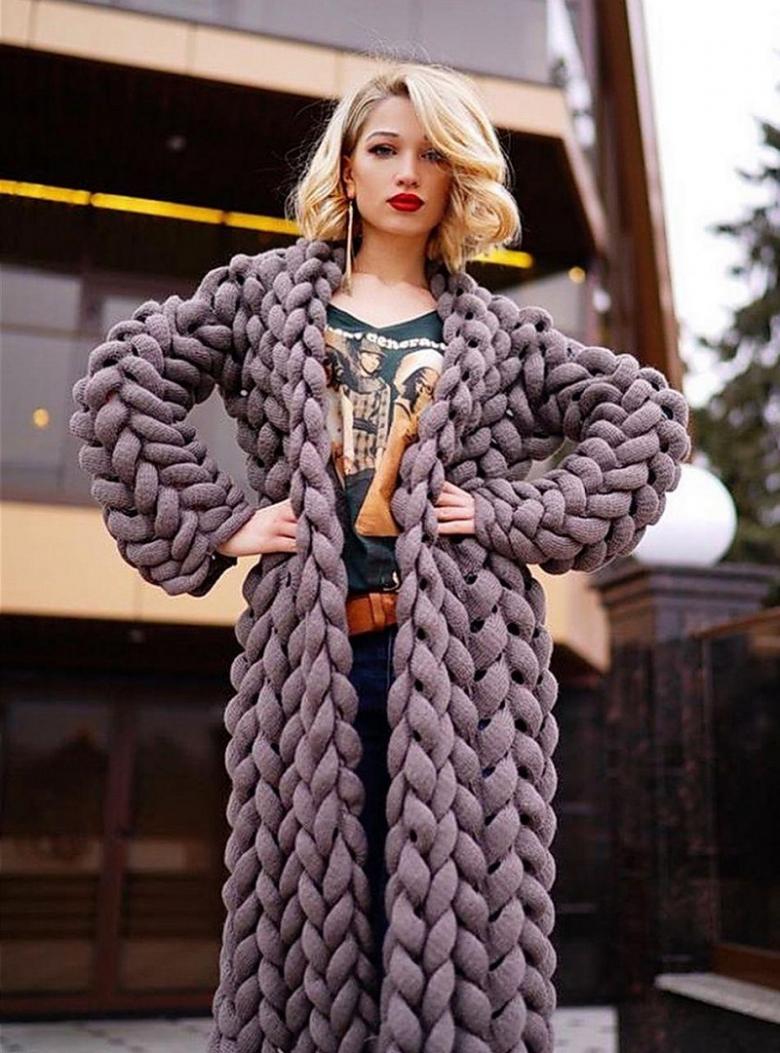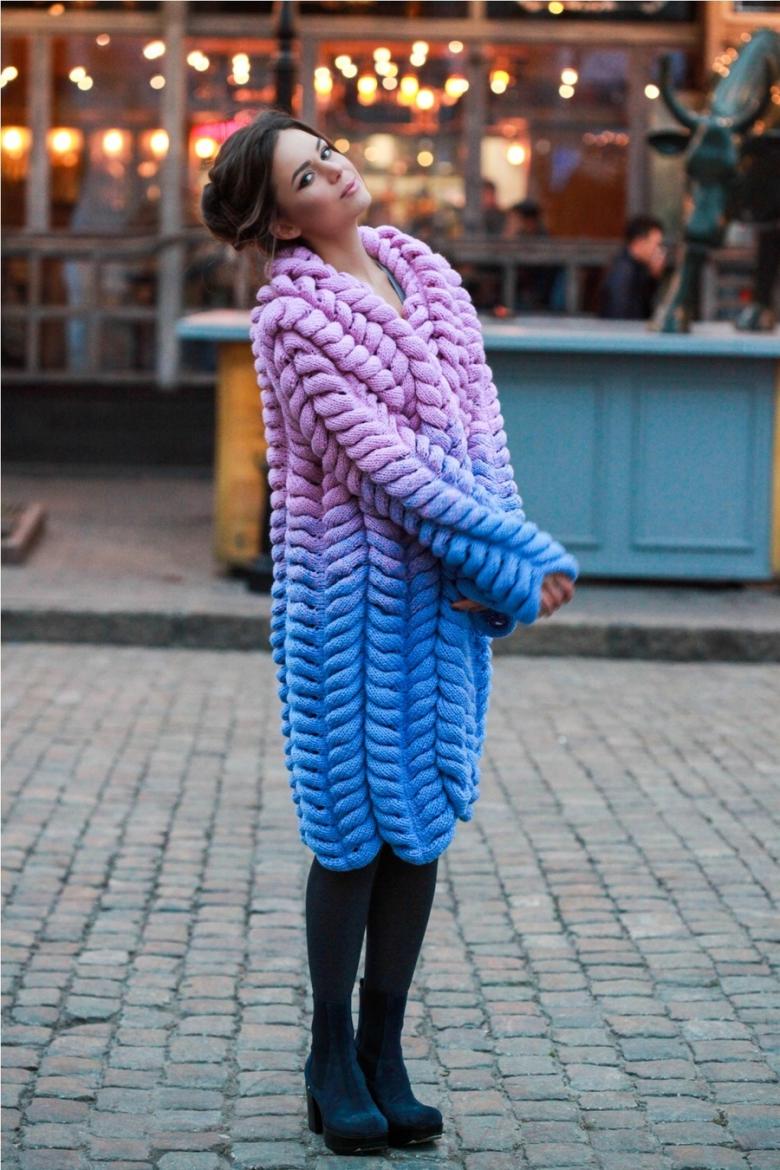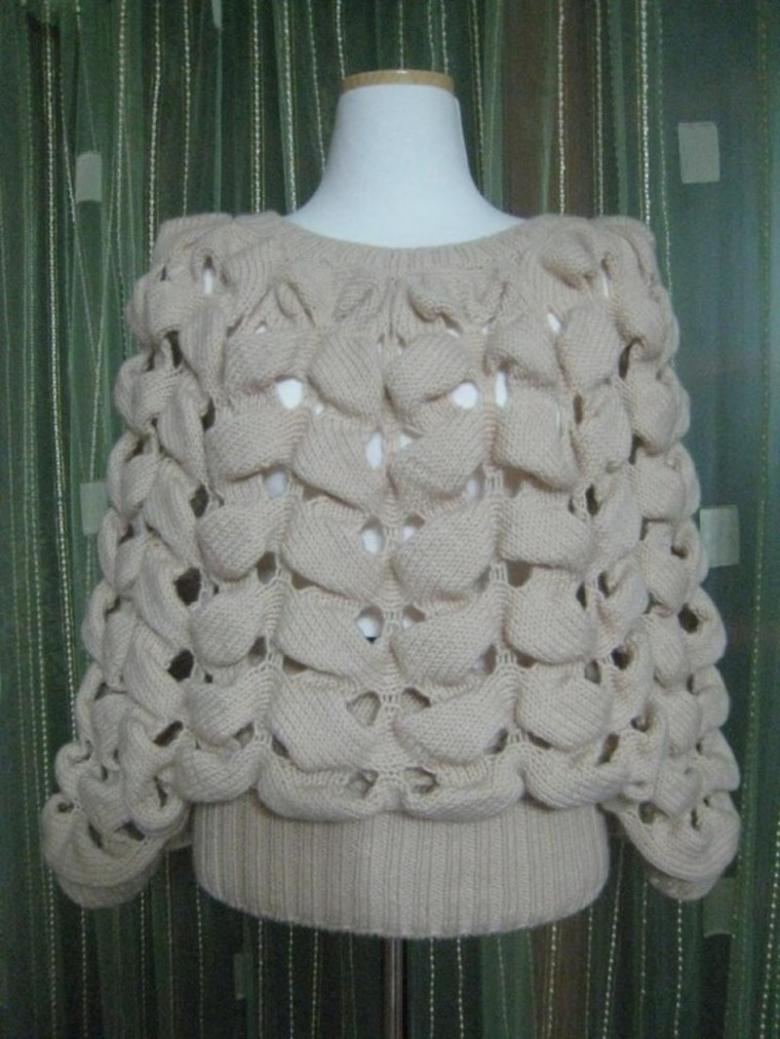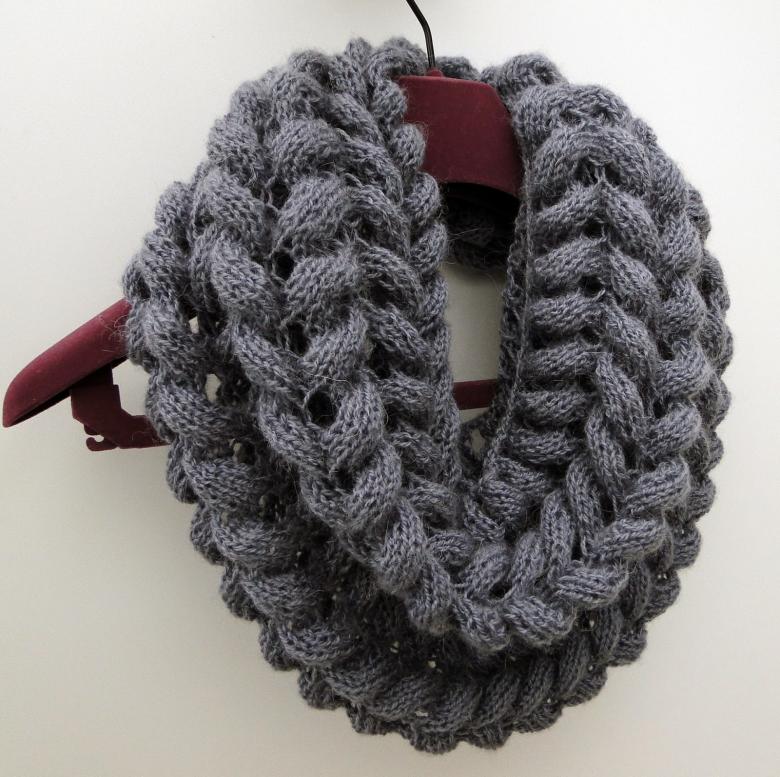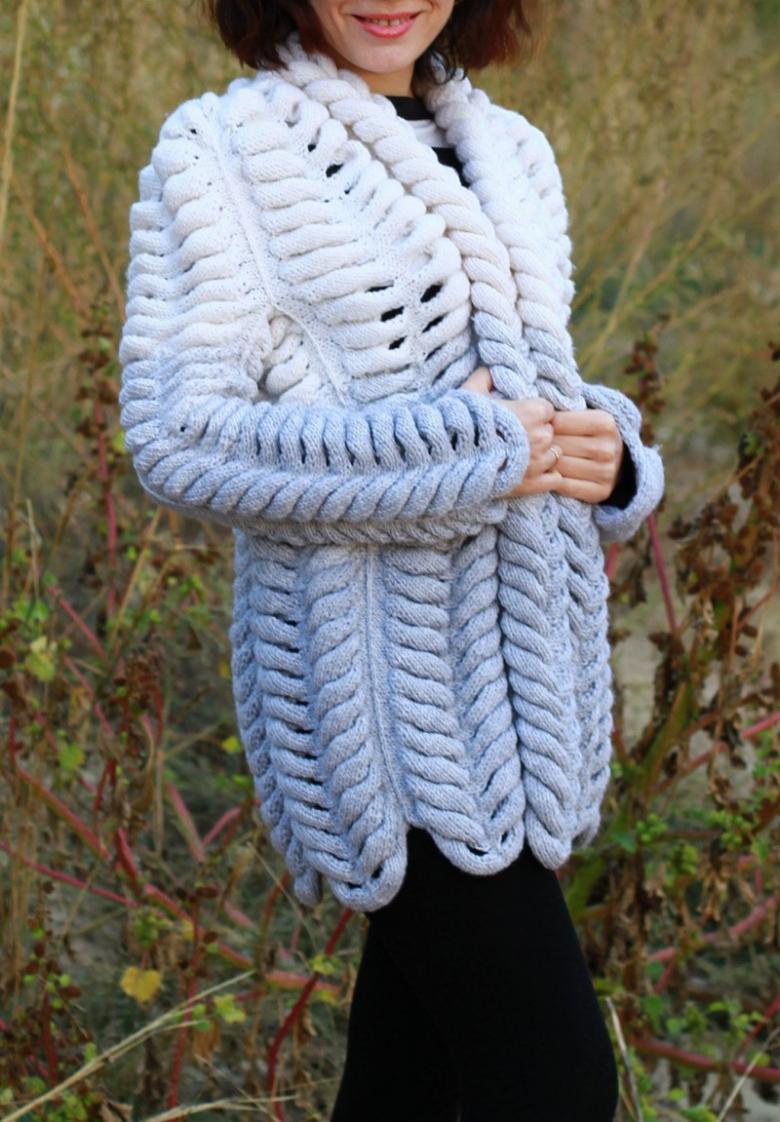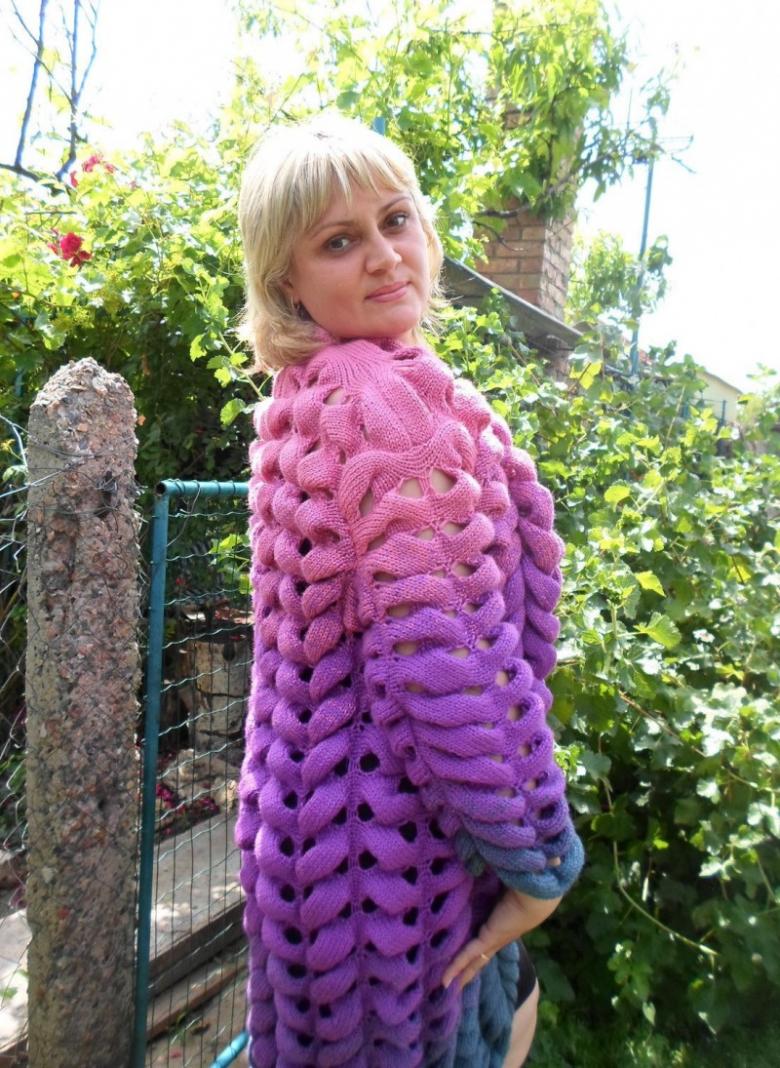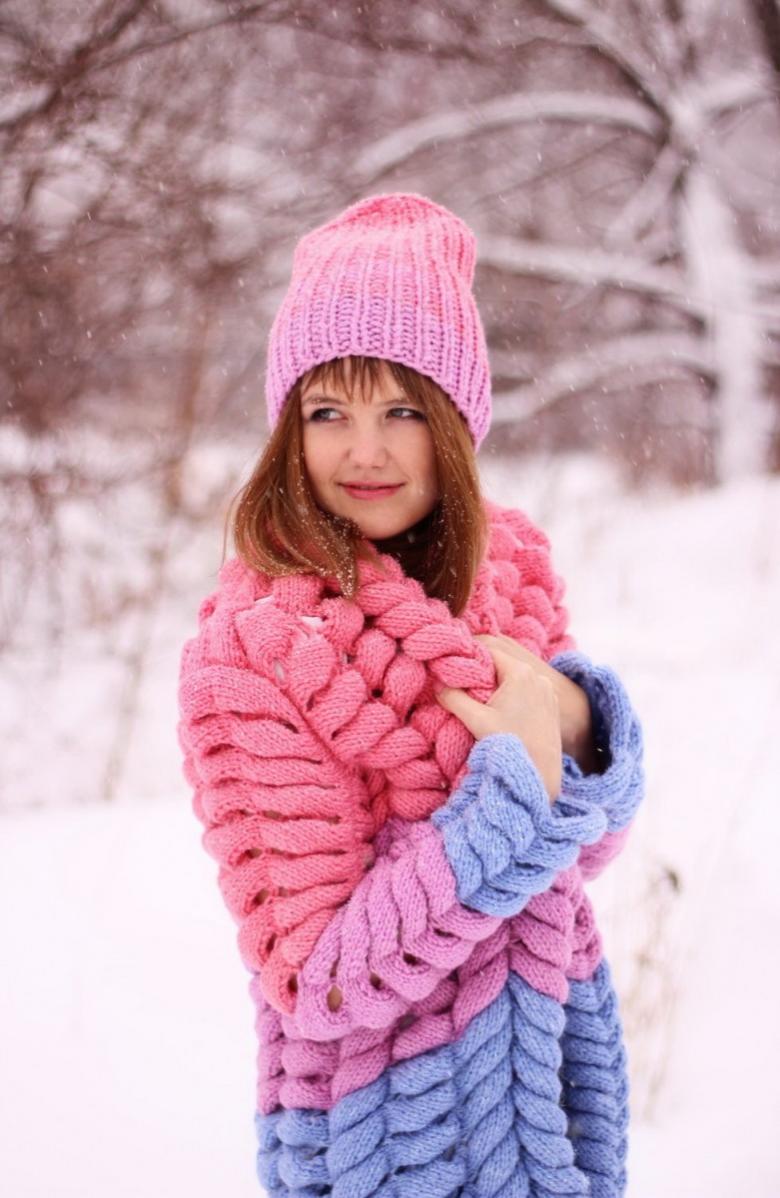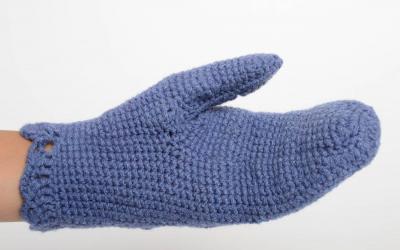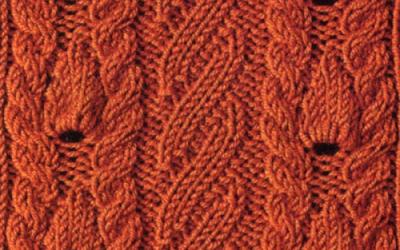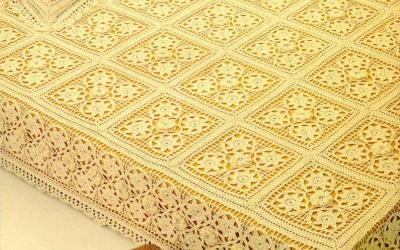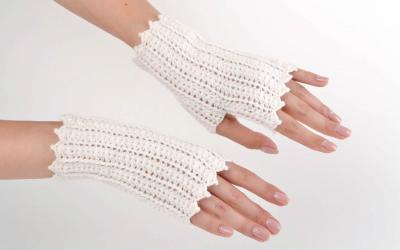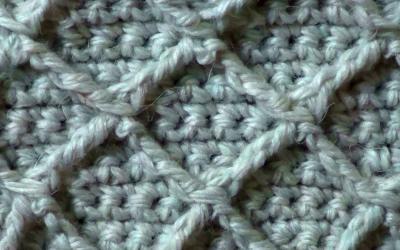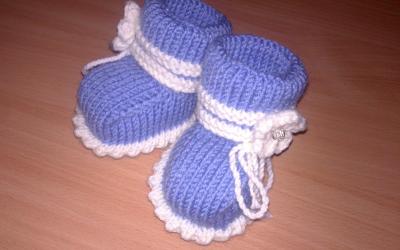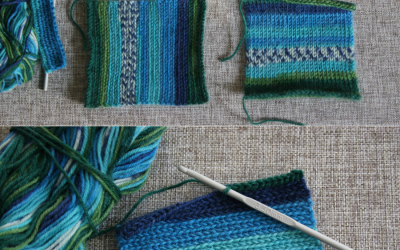Crochet Asian spikelet with needlework and crochet - features, detailed description of the knitting scheme, photo examples
Of the great variety of knitting patterns, the Asian spikelet has a special originality and texture. Large braid gives a unique originality of the pattern and creates the appearance of a large volume. Asian spikelet got its name by the external resemblance to the sprouts of wheat, the edges of which have a rounded shape and schematically repeated by sections of weaving.

Knit with your own hands a trendy lightweight scarf or a cozy warm cardigan this pattern is not difficult, you only need to follow the scheme of knitting. You will also need the necessary basic skills, diligence and patience. After all, knitting is a long, but fascinating process. To end up with a beautiful and stylish work, made by your own hands, is twice as pleasant as just buying a similar product.
Features of the Asian spikelet
This pattern can be knitted with knitting needles, and you can crochet. The second method is considered more simple. The crochet pattern will differ in appearance from the pattern associated with the spikelets, it will be lighter and finer. Light and puffy knitting is excellent air permeability, making the product weightless and soft.Openwork knitting lets air in and looks airy. The openwork knitting of this beautiful crochet pattern is ideal for lightweight shawls, scarves and capes.

The second name of the pattern is Chinchilla because of the external resemblance to the fur of this furry animal. Due to its softness and texture, knitted garments have the ability to retain heat. Knitting patterns on needles, following a special technique of eliminating holes in the transition sections, will make the product more dense and warm. So you can knit, for example, a winter hat, sweater or cardigan.
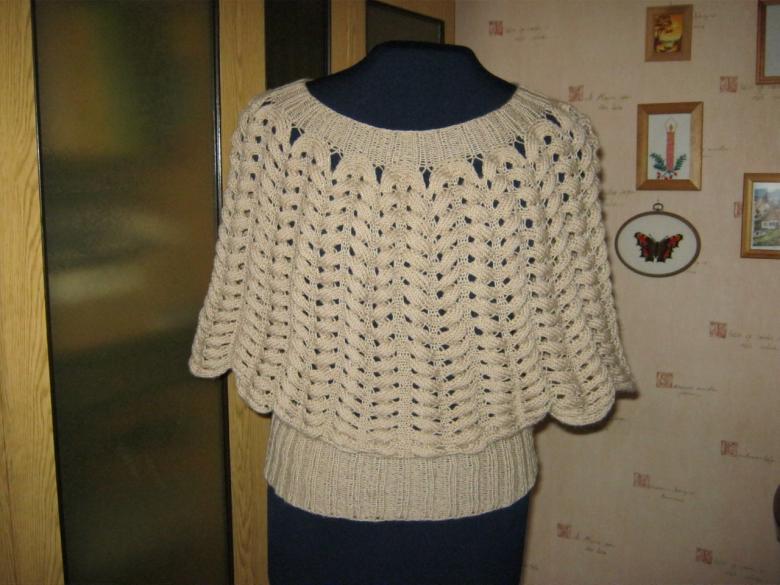
The main feature of this knitting pattern is that the loops must be sewn vertically, not horizontally. And knit the cloth in width.

The finished product, associated with the pattern of Asian spikelets, has the appearance of interconnected knitted spikelets. This gives originality, uniqueness, volume and texture of the knitted thing.

How to crochet a spikelet
Before you start knitting, you should prepare the thread and crochet. You can choose any color of thread. For a transition color, you can take a ball of different shades. To perform the crochet pattern, you only need the ability to tie a stitch with a stitch.
- Take twenty air loops and knit a row of stitches with a stitch.
- Next, knit three air loops, then two columns with a stitch.
- Take on twenty-five air loops and fasten the edge of the chain in the penultimate column of the row.
- Continue with a series of double-needle stitches of air loops.
- Repeat the knitting scheme for seven rows.
- Form the resulting strips of pigtail, hooking the lower edge of the chain for the upper.
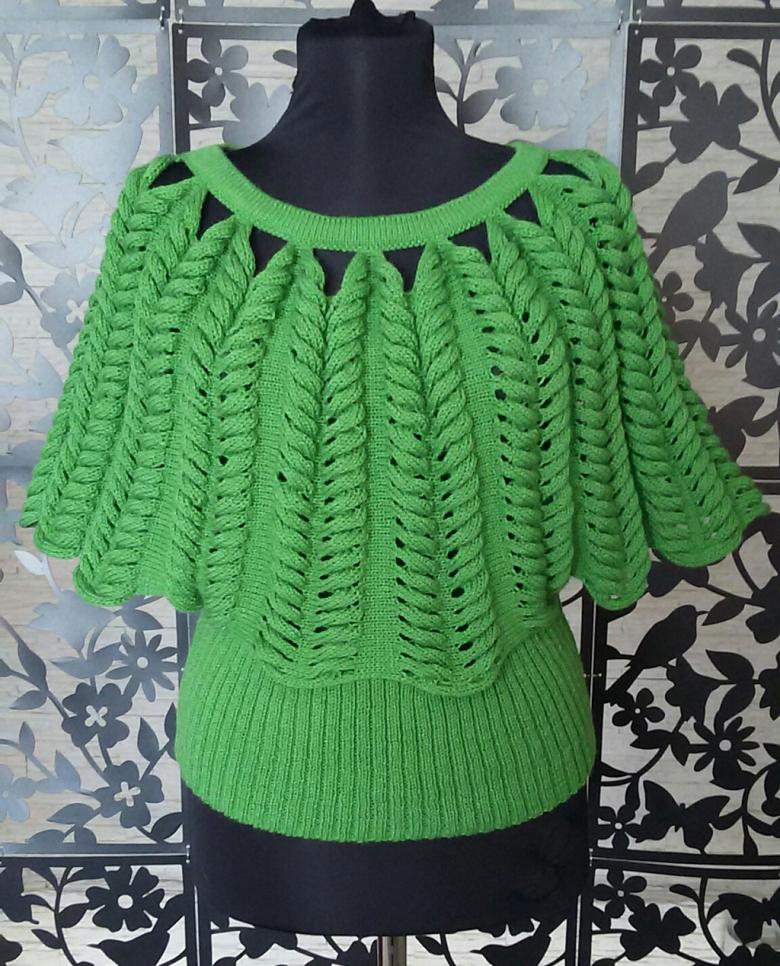
How to knit a spikelet with needles
Before you begin, you need to prepare the yarn and needles. Yarn can be used either of the same color or several colors, given that the flow of yarn will be about twice as much than for conventional knitting without patterns. The needles need large or circular needles.
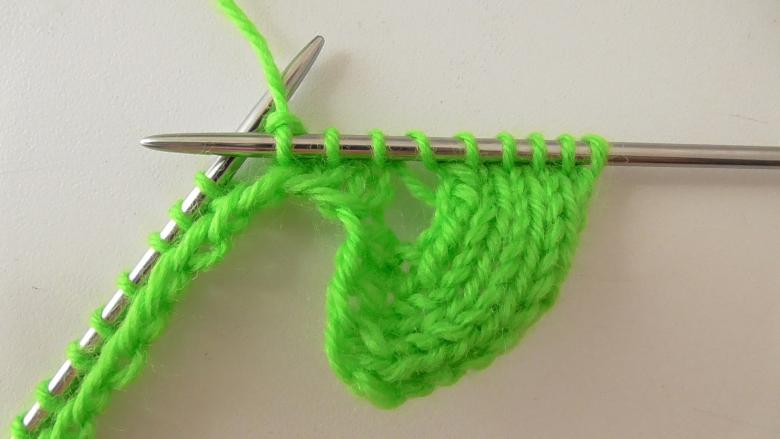
Circular knitting needles will prevent the loops from slipping, but special tips on regular knitting needles will also get rid of this problem. The Asian spikelet requires the ability to knit both front and back stitches.
- First, you will need to knit the required number of loops, always a multiple of six.
- Knit the first six stitches in the first row on the right and turn the work around. Leave the remaining stitches uncrossed.
- In the second row, knit the same six stitches in the wrong way and turn the work. Leave the remaining stitches also untied.
- According to this scheme knit these six loops for ten rows inclusive.
- In the eleventh stitch knit six stitches and the next three, and then turn the product
- In the twelfth stitch knit six loops on the wrong side of the neck and turn the piece.
- For the next ten rows, knit these six loops, alternating between the right and wrong rows.
- Thus, adding three stitches every ten rows on the left side of the needle and knitting only six stitches (three connected earlier and the next three), end the knitting with a front row.
- Turn the work and knit on the wrong side according to the scheme.

Knitting a cardigan "Chinchilla" with scissors
Very cozy looks connected by needles cardigan "Chinchilla". Knit it quite simply, following the description and scheme. Requires a thick, bulky yarn. You can take a plush yarn, then the product will look more interesting. Also, to knit a cardigan require a needle number five or six.
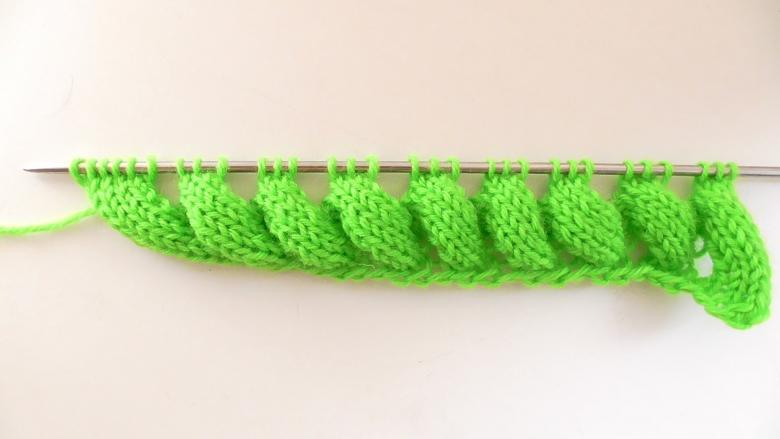
Knit quite tightly, without stretching the loops. A denser knit will eliminate openings in the crossing sections and create an even, warm knit. You can remove holes in the knitting in the following way: you need to put a loop in the center of the side of the knitting section from the main knitting needle in the transition rows. The product will not be openwork, but it will be denser.
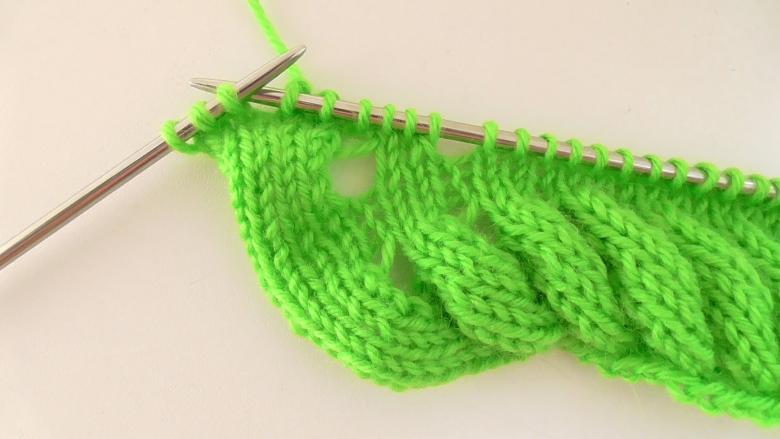
Knit the individual parts first, and then join the crochet to each other.
- Start knitting with the collar. To do this, you need to dial one hundred and twelve loops, and then knit on the spike pattern to twenty-seven spikelets.
- The back and shelf will require one hundred loops. They need to knit twenty-four spikelets.
- For the sleeves, knit twenty spikelets of eighty-four loops.
- For the armhole, knit seventeen spikelets of seventy-two loops.

Before you start sewing the details of the future cardigan, remember that the connected parts of the product can not be washed and steamed. This can lead to shrinkage and deformation of the knitted parts. Start sewing parts should be from the shoulder seams, then sew the collar sides. Sew the collar to the neck. Lastly, attach the sleeves.
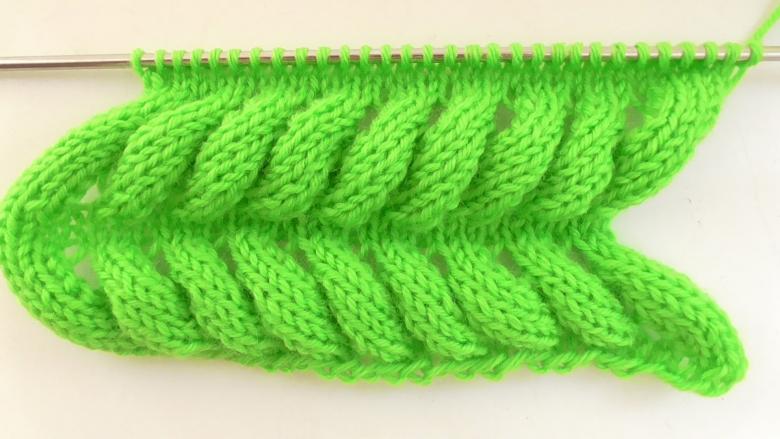
Knitting this spectacular pattern is becoming more and more popular every day. The simplicity of knitting makes the knitting pattern accessible to beginners and experienced knitters alike. Products made of textured volumetric spikelets look original, beautiful and exquisite.

Airy openwork scarves, capes and shawls associated with Asian spikelet pattern will be a decoration of any closet. And warm winter cardigans, jackets and hats will create comfort and coziness to their owners.

